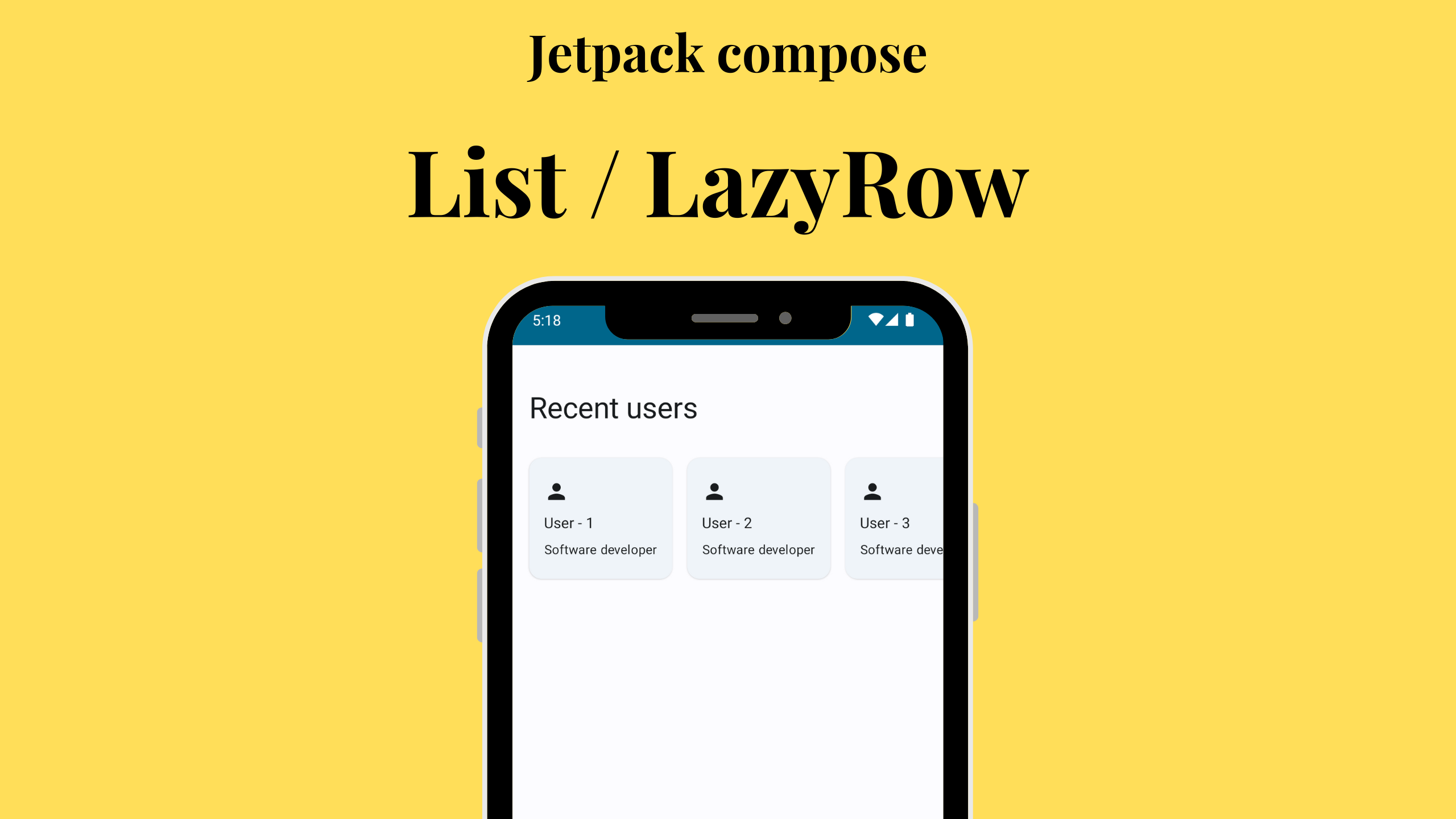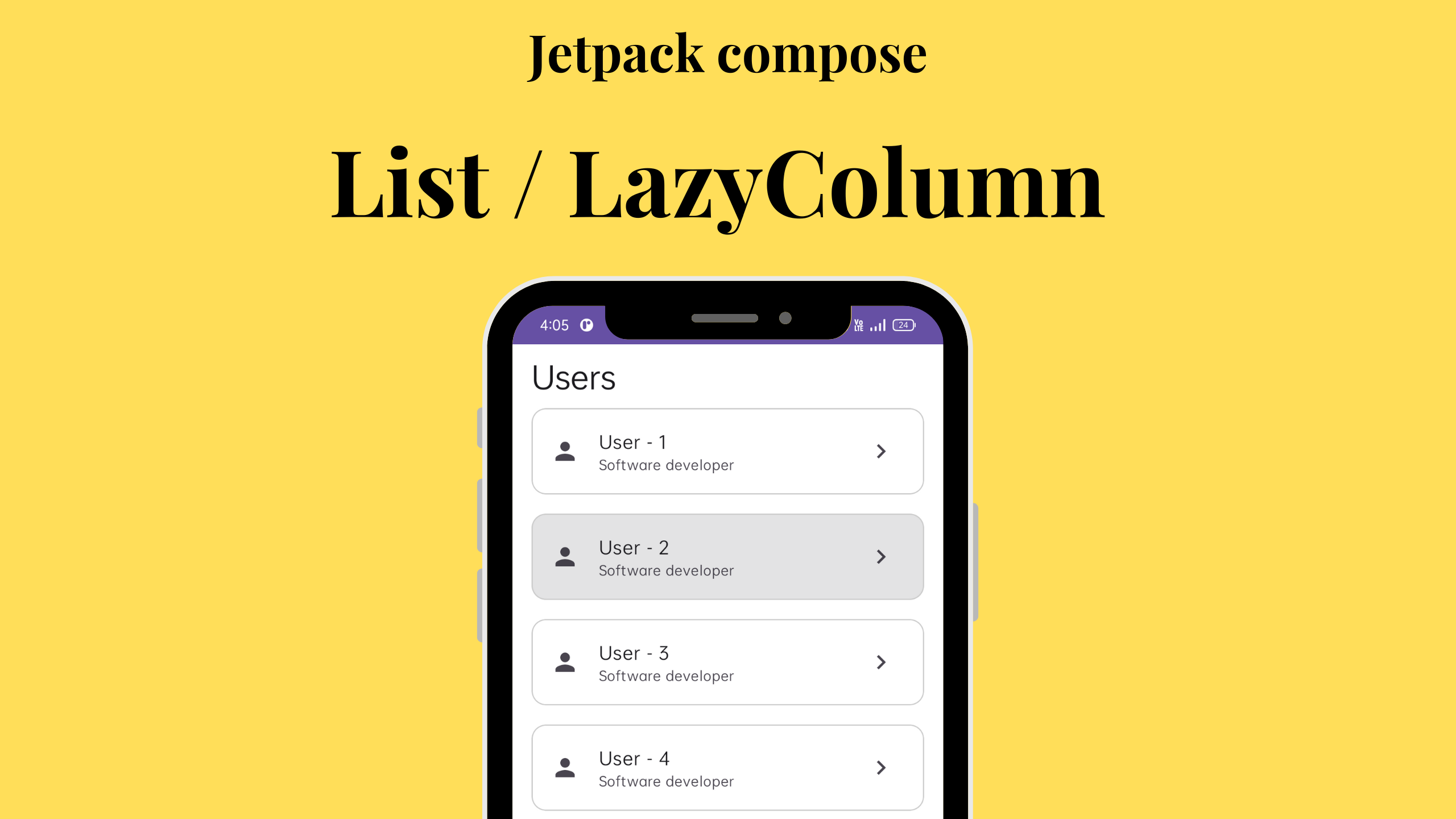Introduction
In the world of modern software development, responsiveness and efficiency are paramount. Whether you’re building a mobile app, a web service, or a desktop application, your users expect a smooth and fluid experience. One way to achieve this is through asynchronous programming, and in the realm of Android and backend development, Kotlin is a language that excels in this domain. In this blog post, we’ll delve into Kotlin’s async programming capabilities and explore how they can help you create efficient, responsive, and concurrent applications.
What is Asynchronous Programming?
Asynchronous programming, on the other hand, allows you to perform tasks concurrently, freeing up the main thread to handle other operations and maintain the application’s responsiveness. Kotlin provides several tools to achieve this, including coroutines and the async function.
Before we dive into Kotlin’s async features, let’s clarify what asynchronous programming is all about. In a traditional synchronous program, tasks are executed one after the other, blocking the main thread until each task is completed. This can lead to unresponsiveness, especially when dealing with time-consuming operations like network requests or file I/O.
Coroutines in Kotlin
Coroutines are a key feature of Kotlin that simplifies asynchronous programming. They allow you to write asynchronous code that looks almost like synchronous code, making it easier to read and maintain.
Here’s a simple example of a coroutine:
import kotlinx.coroutines.*
fun main() {
runBlocking {
launch {
delay(1000)
println("World")
}
println("Hello,")
}
}
In this example, runBlocking is a coroutine builder that blocks the main thread until all the coroutines inside it complete. The launch function creates a new coroutine that delays for one second and then prints “World,” while the main thread continues to execute and prints “Hello.”
Using async for Concurrent Operations
While launch is useful for performing fire-and-forget tasks, Kotlin provides the async function for more structured asynchronous programming. async is used when you want to perform a task asynchronously and retrieve its result later.
Here’s an example:
import kotlinx.coroutines.*
fun main() = runBlocking {
val deferredResult = async {
delay(1000)
"Hello, World"
}
println("Waiting for result...")
val result = deferredResult.await()
println(result)
}
In this code, async is used to execute a coroutine that simulates a time-consuming operation with delay. We then use await to retrieve the result once the operation is complete. During the wait, the main thread remains responsive and can perform other tasks.
Exception Handling
Kotlin provides excellent support for handling exceptions in asynchronous code. You can use a try/catch block around the await call to catch any exceptions thrown by the asynchronous operation:
import kotlinx.coroutines.*
fun main() = runBlocking {
val deferredResult = async {
delay(1000)
throw Exception("Something went wrong")
}
try {
val result = deferredResult.await()
println(result)
} catch (e: Exception) {
println("An error occurred: ${e.message}")
}
}
This ensures that your application remains robust even when dealing with asynchronous operations that might fail.
Wrapping up
Kotlin’s async programming capabilities, powered by coroutines, make it easier than ever to write efficient and responsive applications. By embracing asynchronous programming, you can unlock the full potential of multi-core processors and provide a better user experience. Whether you’re working on Android apps or backend services, Kotlin’s async features are a valuable tool in your development toolkit. So, don’t hesitate to explore and experiment with async programming in Kotlin to create more efficient and responsive software.




Leave a Reply